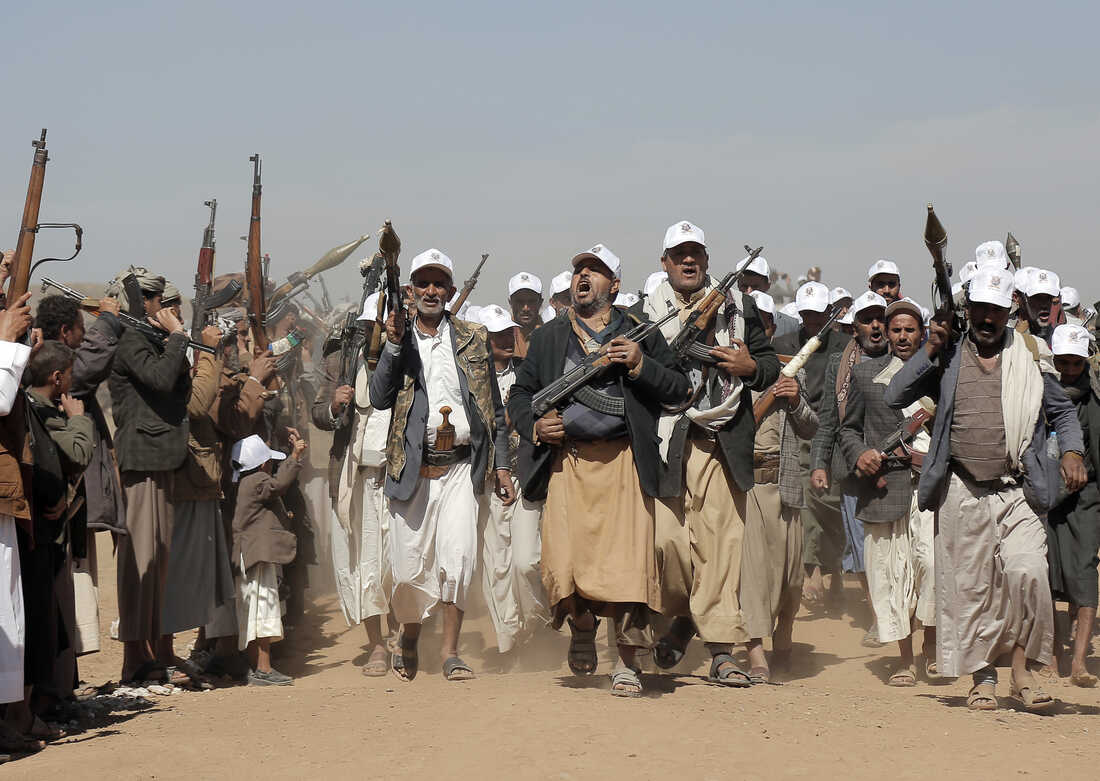In response to a recent surge in attacks by the Iran-backed Houthi militia group on ships in the Red Sea and Gulf of Aden, the U.S. and U.K. carried out precision strikes on 18 Houthi targets in Yemen on February 24. The coordinated military action targeted missiles, launchers, rockets, drones, and air defense systems across eight locations, aiming to curb the Houthi threat, particularly following a recent missile strike that ignited a cargo vessel.
U.S. officials, speaking on condition of anonymity, revealed that American and British fighter jets executed the strikes as part of an ongoing military operation. This marks the fourth combined operation against the Houthis since January 12, with the U.S. also conducting daily strikes to neutralize Houthi targets, including incoming missiles and drones aimed at ships, as well as prepped weapons.
The USS Dwight D. Eisenhower aircraft carrier, currently positioned in the Red Sea, served as the launch platform for U.S. F/A-18 fighter jets involved in the operation. U.S. Defence Secretary Lloyd Austin emphasized the commitment to defending lives and ensuring the unimpeded flow of commerce in the crucial waterways, warning the Houthis of consequences if they persist in their illegal attacks.
In response, the Houthi forces denounced the “US-British aggression” and defiantly pledged to intensify their military operations. A statement from the Yemeni Armed Forces asserted their determination to confront the escalation with more “qualitative military operations” against hostile targets in the Red and Arabian Seas, framed as a defensive measure for the country, its people, and its sovereignty. The situation underscores the deepening tensions in the region and the complex geopolitical dynamics at play.






